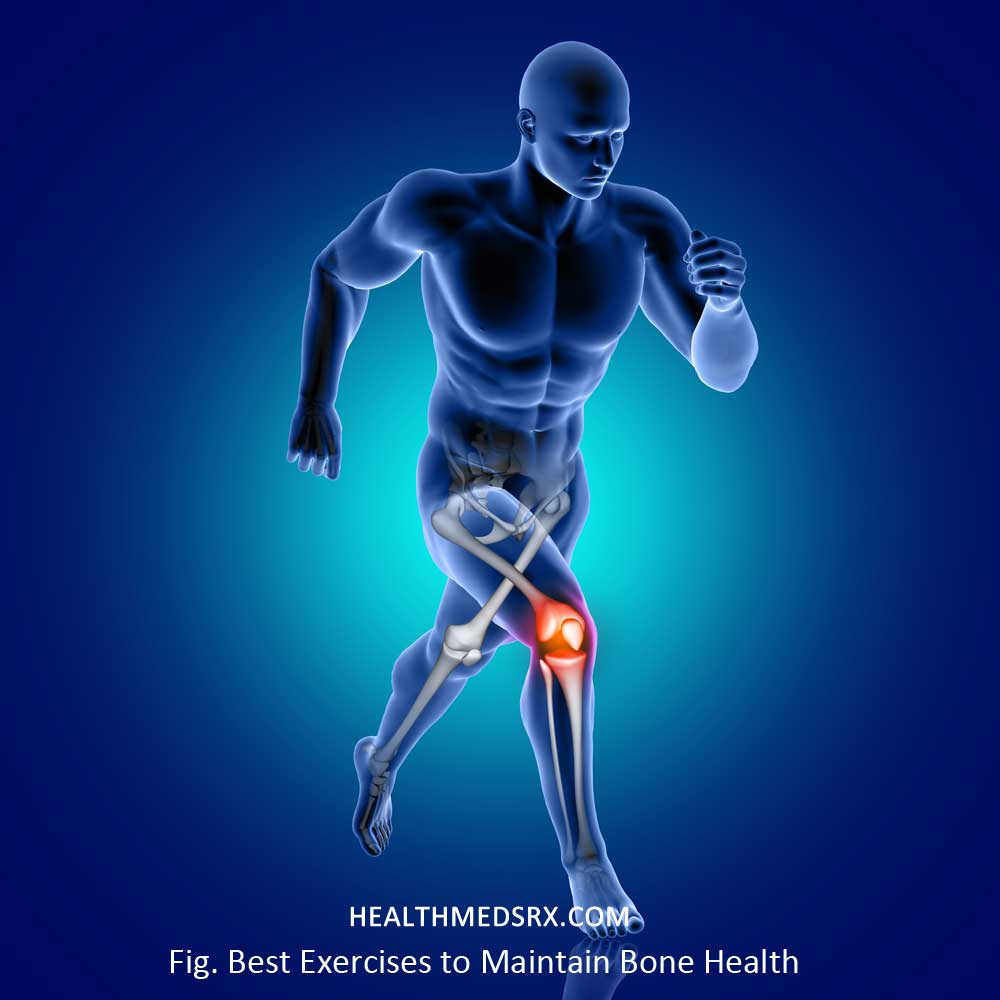Achieving strong and healthy bones is crucial, and exercise is a great way to accomplish this goal. As we get older, our bone density tends to decrease, which subsequently increases the risk of fractures and osteoporosis. Regular exercise, especially weight-bearing and resistance exercises, can improve bone density and strength. These kinds of workouts put stress on the bones, encouraging them to become stronger and more flexible over time. Exercise promotes better balance, coordination and muscle strength, which reduces the risk of falls and fractures. By incorporating bone-strengthening workouts into our routine, we can take preventive measures to reduce the chances of bone-related problems and maintain optimal bone health. In this article, we will discuss each type in detail so that you can make an informed decision on which type(s) will best suit your needs!
The Role of Weight-Bearing Exercises in Building and Maintaining Bone Density
Weight-bearing exercises are essential to increase and maintain bone density. These exercises involve bearing body weight through the use of arms and legs, which encourage strong and dense bones. Exercises that promote bone health include jogging, weightlifting, dancing and walking. Weight-bearing workouts provide impact and resistance that promote the growth of new bone tissue and reduce bone loss. Regular participation in these exercises reduces the risk of fractures and helps to avoid disorders like osteoporosis. Incorporating weight-bearing exercises into a fitness routine is important for improving overall bone health and maintaining strong and flexible bones.
Squats:
Focusing on the lower body and improving bone durability are just some of the benefits of doing squats. They are a great workout that you might want to consider. Squats provide beneficial stress on the bones, increase bone health and density, and also engage the muscles of the legs, hips, and buttocks. Including different types of squats in your workout routine can improve bone strength and increase the intensity of your workout.
Lunges:
Lunges are a useful exercise for increasing bone density and strengthening the legs. Incorporating lunges into your exercise routine can help improve your general bone health and strength. You can try several lunge types to work different muscle groups and maximize the benefits to your bones.
Step-ups:
Step-ups are an excellent exercise for improving balance and promoting strong bones. These are an exercise that can help you build lower body strength and bone density. By incorporating different step-up types, you can target different muscles and maintain strong bones for better bone health.
The Benefits of Resistance Training in Promoting Bone Health
Resistance training, such as weightlifting, has many benefits for promoting bone health. Engaging in regular resistance training can help you build more bone density, reduce your risk of osteoporosis and keep your bones strong as you age. Most of the women use medications to reduce risk of osteoporosis. The stress of weightlifting causes bones to adapt and become stronger. Also, resistance training strengthens muscles, which in turn promotes bone health and reduces the chance of fractures or falls by increasing stability. In addition, bone growth and healing are also aided by hormonal responses induced by weightlifting, such as an increase in the synthesis of growth factors such as IGF-1. Adding resistance training to your exercise routine can greatly benefit your bone health.
Deadlifts:
The deadlift is an effective exercise for increasing bone density and overall strength. By increasing bone strength and density, deadlifts can help you maintain healthy bones. Exploring the different variations of the deadlift will further improve bone health and maximize the benefits of this exercise.
Push-ups:
Push-ups are an excellent exercise for building strong bones and strengthening upper body muscles. They help stimulate bone growth and density, which will help you maintain good bone health. Additionally, experimenting with different push-up variations can help improve bone density and strength for optimal bone health.
Incorporating Flexibility Exercises into Your Routine to Promote Good Joint Health
Flexibility exercises should be included in your routine to support healthy joint health. By doing regular stretching and flexibility exercises you can improve overall bone health, improve joint mobility and reduce muscle stiffness. Stretching relieves joint pain and maintains proper bone alignment. In addition, it promotes blood flow to the joints, bringing vital nutrients and helping in the removal of waste products. To keep your joints flexible and support optimal bone health, choose exercises like yoga, pilates or gentle stretching routines. Always warm up before stretching and talk to a healthcare professional for personalized guidance.
Yoga:
Yoga is a holistic practice that promotes bone health and flexibility. You can increase bone density and strength by doing yoga regularly. Certain yoga poses like Downward Dog and Warrior II, which focus on bone-building areas, support bone health and flexibility throughout the body.
Pilates:
Pilates is an excellent form of exercise that can improve core stability and increase bone density. It is a great way to maintain healthy bones and improve bone health. The controlled movement and focus on core strength in Pilates increases overall bone strength and supports optimal bone density.
Exercise should be a priority if you want to maintain strong, healthy bones throughout your life. The best bone health can be achieved by combining weight-bearing exercises with resistance training, flexibility exercises, yoga and Pilates. To strengthen bones and reduce the risk of bone-related disorders, include exercise in your daily routine. Remember, always seek individualized advice from a healthcare professional to ensure you are exercising according to your specific needs and abilities.


